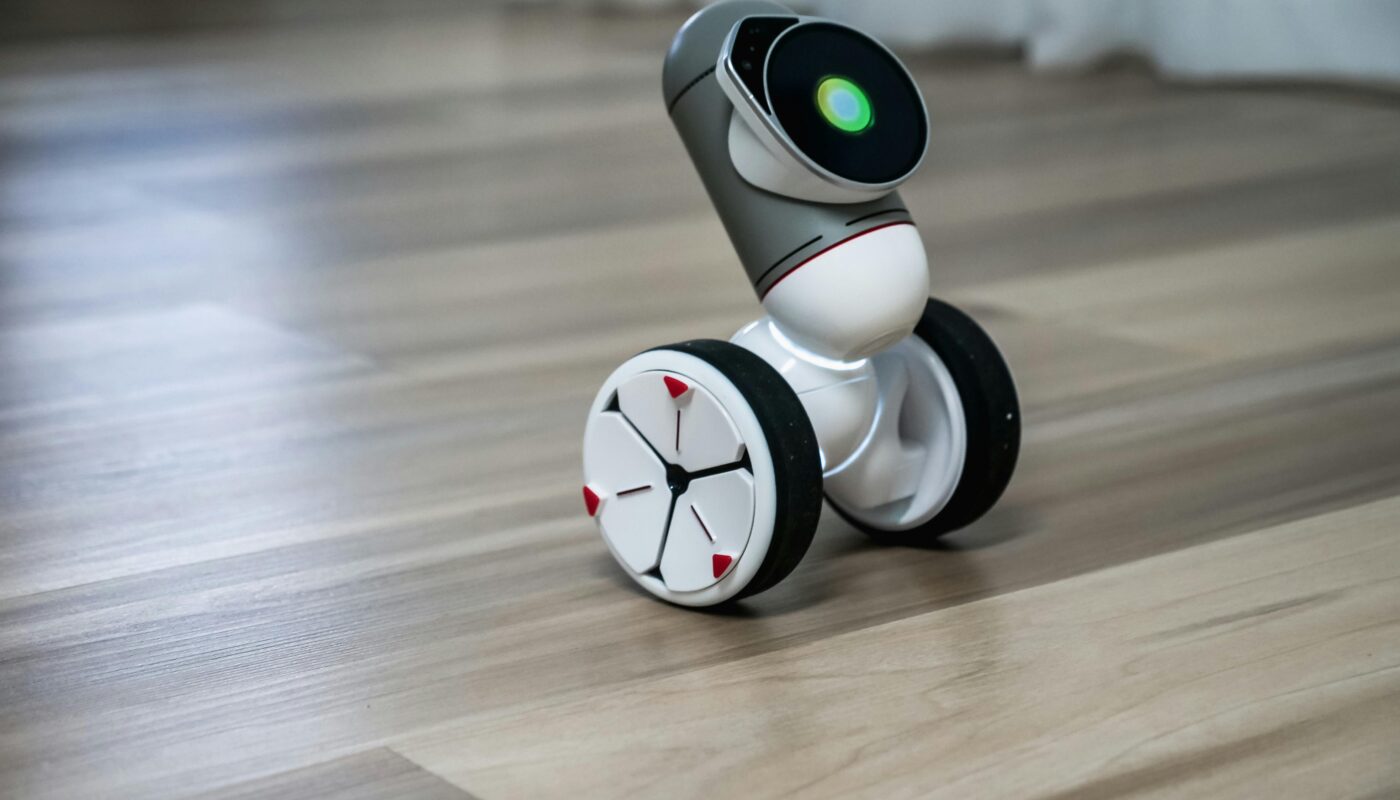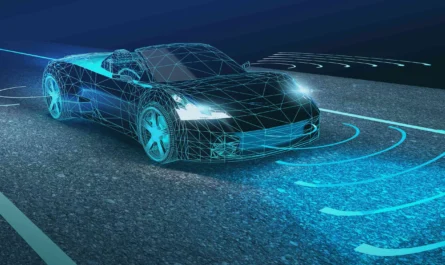Artificial intelligence is no longer confined to massive data centers or cloud servers. The rise of Edge AI devices is bringing real-time intelligence directly to where people live and work—from doorbell cameras and smart speakers to medical equipment and manufacturing sensors. Instead of sending data to distant servers for processing, edge devices analyze information locally. This shift not only reduces latency but also enhances privacy, efficiency, and user experience.
What Is Edge AI?
Edge AI combines artificial intelligence with edge computing, meaning data is processed on the device itself rather than being transmitted to a central cloud. The “edge” refers to the physical location of computing—close to the user or device. By embedding machine learning models into local hardware, these devices make instant decisions without waiting for instructions from the cloud.
Think of it this way: instead of your security camera uploading hours of footage to a server, it can recognize a person or package right at your doorstep. The result is faster response times and reduced reliance on high-bandwidth internet connections.
Everyday Applications of Edge AI
- Smart Homes
Smart thermostats, doorbell cameras, and voice assistants powered by Edge AI can detect patterns, respond to commands faster, and adapt to user behavior. For instance, a camera that recognizes family members avoids false alarms while still flagging unfamiliar faces. - Healthcare Devices
Wearables and diagnostic tools that use Edge AI can monitor heart rate, detect irregularities, and even predict health events in real time. Processing data locally ensures faster insights and reduces privacy risks from transmitting sensitive health information. - Retail and Customer Service
Stores are adopting edge-powered checkout systems, digital kiosks, and surveillance cameras that analyze customer behavior instantly. Retailers can adjust promotions, manage crowds, and improve customer service without waiting for cloud-based updates. - Industrial IoT (IIoT)
In factories, edge devices monitor equipment, predict failures, and optimize processes. Real-time detection of malfunctions reduces downtime and saves money, making Edge AI a critical piece of Industry 4.0.
Benefits of Edge AI
- Speed and Responsiveness: Since processing happens locally, decisions are made in milliseconds—crucial for safety-critical applications like autonomous vehicles or medical monitoring.
- Data Privacy: Sensitive information, whether from home cameras or medical devices, doesn’t always need to leave the device, minimizing exposure.
- Reduced Costs: Less data transfer means lower bandwidth costs and decreased reliance on expensive cloud infrastructure.
- Scalability: Devices can operate independently, making it easier to expand networks without overloading centralized systems.
Challenges of Edge AI
Despite its potential, Edge AI faces hurdles:
- Hardware Limitations: Edge devices are smaller and less powerful than cloud servers, meaning models must be optimized for efficiency.
- Energy Consumption: Processing locally requires power, and devices must balance performance with battery life.
- Updates and Maintenance: Unlike the cloud, where updates roll out universally, maintaining and upgrading distributed edge devices can be complex.
- Security: While data may stay local, the devices themselves can be vulnerable if not properly secured.
The Future of Edge AI
The market for Edge AI is expanding rapidly. According to research firm MarketsandMarkets, the global Edge AI hardware market is projected to surpass $38 billion by 2030. Advances in low-power chips, specialized AI processors, and 5G connectivity will only accelerate adoption.
We can expect a future where autonomous vehicles make split-second decisions without relying on the cloud, hospitals rely on AI-powered monitors that flag emergencies instantly, and cities use edge-powered cameras and sensors to manage traffic and improve safety.
Edge AI devices are transforming the relationship between humans and technology. By moving intelligence closer to the user, these devices bring faster, safer, and more private experiences to everyday life. While challenges remain in hardware, energy efficiency, and security, the direction is clear: intelligence at the edge is not just a trend—it’s the future.
As more devices become “smart,” the invisible processing power inside them will shape how we live, work, and even safeguard our health. The next big leap in AI won’t come from distant servers—it will happen right at your front door.




